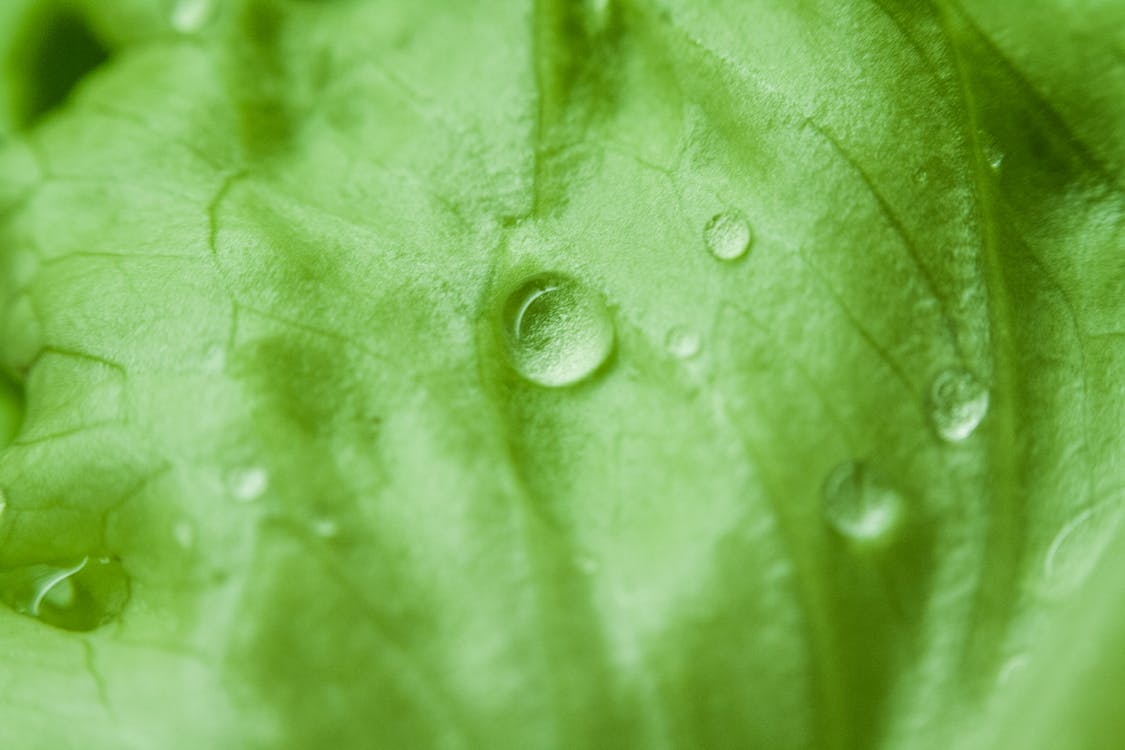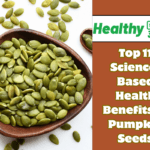10 Amazing Benefits of Chlorophyll
1. Chlorophyll helps to protect cells from damage
Chlorophyll, the green pigment found in plants, emerges as a powerful ally in the quest for cellular protection, showcasing its prowess in safeguarding cells from potential damage. As nature’s own defense mechanism, chlorophyll plays a multifaceted role in promoting health and vitality. Its ability to capture sunlight and convert it into energy through photosynthesis not only fuels plant growth but also contributes to its antioxidant properties.
By neutralizing harmful free radicals, chlorophyll helps to shield cells from oxidative stress and potential damage, thereby supporting overall cellular health. Additionally, chlorophyll’s molecular structure bears resemblance to that of hemoglobin, the molecule responsible for transporting oxygen in human blood, leading to speculation about its potential benefits for oxygenation and detoxification.
From promoting detoxification to supporting immune function and enhancing wound healing, chlorophyll’s myriad benefits underscore its importance in maintaining optimal health and well-being.

2. Chlorophyll promotes detoxification in body
Chlorophyll, renowned for its vibrant green hue, emerges as a potent ally in the quest for detoxification, showcasing its ability to support the body’s natural cleansing processes. As a key component of plants’ photosynthetic machinery, chlorophyll plays a pivotal role in capturing sunlight and converting it into energy, while also demonstrating remarkable detoxifying properties.
Its molecular structure bears resemblance to that of hemoglobin, facilitating the transportation of oxygen and nutrients throughout the body and aiding in the removal of toxins and waste products. Additionally, chlorophyll’s antioxidant properties help to neutralize harmful free radicals and reduce oxidative stress, further supporting detoxification pathways.
By promoting the elimination of toxins through various organs, including the liver, kidneys, and colon, chlorophyll contributes to overall health and well-being. Incorporating chlorophyll-rich foods and supplements into one’s diet offers a natural and effective means of enhancing detoxification and promoting vitality from within.
Read Also:
How To Reduce Your Weight Under 45 Days: Tips And Solutions
3. Chlorophyll reduces inflammation and promotes wound healing
Chlorophyll, with its vibrant green pigment, emerges as a versatile agent in the realm of health and healing, showcasing its potential to alleviate inflammation and expedite the process of wound healing.
As a fundamental component of plants’ photosynthetic machinery, chlorophyll plays a crucial role in capturing sunlight and converting it into energy, while also demonstrating remarkable anti-inflammatory properties. Its ability to neutralize free radicals and reduce oxidative stress contributes to its anti-inflammatory effects, helping to alleviate swelling, pain, and discomfort associated with inflammatory conditions.
Additionally, chlorophyll’s role in promoting wound healing stems from its ability to support cellular regeneration and tissue repair. By stimulating the production of new cells and collagen synthesis, chlorophyll accelerates the healing process and fosters the formation of healthy skin tissue.
4. Chlorophyll may help in reducing body odor and bad breath
Chlorophyll, often celebrated for its vibrant green color and role in photosynthesis, emerges as a potential ally in combating body odor and bad breath, showcasing its versatility beyond its primary function in plants.
With its molecular structure bearing similarity to that of hemoglobin, chlorophyll offers promising properties that may help neutralize unpleasant odors and freshen breath. Its ability to bind to odor-causing compounds and inhibit the growth of odor-producing bacteria contributes to its deodorizing effects, making it a natural solution for addressing body odor concerns.
Furthermore, chlorophyll’s antioxidant properties help to reduce inflammation and combat the bacteria responsible for causing bad breath, promoting oral health and hygiene.

5. Chlorophyll helps in improving oxygen transport in body
Chlorophyll, renowned for its vibrant green pigment and vital role in photosynthesis, emerges as a potential enhancer of oxygen transport within the body, showcasing its multifaceted benefits beyond its primary function in plants.
With its molecular structure bearing resemblance to that of hemoglobin, the protein responsible for transporting oxygen in the blood, chlorophyll offers intriguing possibilities for improving oxygenation at the cellular level.
By facilitating the absorption of oxygen in the bloodstream, chlorophyll may help optimize oxygen delivery to tissues and organs, supporting metabolic processes and overall vitality. Additionally, chlorophyll’s antioxidant properties help to protect cells from oxidative damage, further enhancing their ability to utilize oxygen efficiently.
6. Chlorophyll is said to have anti-cancer properties (more research is needed)
Chlorophyll, the green pigment responsible for the verdant hues of plants, is speculated to possess anti-cancer properties, though further research is warranted to fully elucidate its potential in cancer prevention and treatment.
While preliminary studies suggest promising avenues for chlorophyll’s role in inhibiting tumor growth and suppressing cancer cell proliferation, the current body of evidence remains inconclusive.
Nonetheless, chlorophyll’s rich antioxidant content and ability to neutralize harmful free radicals may contribute to its anti-cancer effects by mitigating oxidative stress and inflammation, two factors implicated in cancer development. Additionally, chlorophyll’s potential to detoxify carcinogens and support immune function may further bolster its anti-cancer properties.
Read Also:
Quick and Healthy Breakfast Ideas for a Busy Morning
7. Chlorophyll is a good factor in improving skin health
Chlorophyll, often lauded for its vibrant green pigment and role in photosynthesis, emerges as a promising factor in enhancing skin health and promoting a radiant complexion. Its potent antioxidant properties help to neutralize harmful free radicals and reduce oxidative stress, which can contribute to premature aging, wrinkles, and other skin concerns.
Additionally, chlorophyll’s ability to stimulate cellular regeneration and promote wound healing may aid in repairing damaged skin tissue and improving overall skin texture.
Furthermore, chlorophyll’s anti-inflammatory properties may help to soothe irritation, redness, and inflammation associated with various skin conditions, such as acne, eczema, and psoriasis.
8. Chlorophyll helps in weight loss
Chlorophyll, celebrated for its vibrant green hue and vital role in photosynthesis, is purported to aid in weight loss through various mechanisms. While scientific evidence supporting chlorophyll’s direct impact on weight loss is limited, its potential benefits warrant exploration.
One proposed mechanism is chlorophyll’s ability to promote detoxification and elimination of toxins from the body, which may indirectly support weight loss by enhancing metabolic function and reducing inflammation.
Additionally, chlorophyll-rich foods, such as leafy greens and green vegetables, are low in calories and high in nutrients, making them a valuable addition to a weight loss diet. Furthermore, chlorophyll’s antioxidant properties may help to combat oxidative stress and insulin resistance, factors that can contribute to weight gain and metabolic dysfunction.
Incorporating chlorophyll into one’s dietary regimen through foods, supplements, or green juices offers a natural and potentially beneficial approach to supporting weight loss efforts.

9. Chlorophyll reduces symptoms of constipation
Chlorophyll, the vibrant green pigment found in plants, has been suggested to alleviate symptoms of constipation, although the extent of its effectiveness requires further exploration. While direct evidence supporting chlorophyll’s role in constipation relief is limited, its potential mechanisms of action offer intriguing possibilities.
Chlorophyll-rich foods, such as leafy greens and green vegetables, are high in dietary fiber, which is known to promote regular bowel movements and prevent constipation. Additionally, chlorophyll’s antioxidant and anti-inflammatory properties may help to soothe the digestive tract and alleviate discomfort associated with constipation.
Furthermore, chlorophyll’s ability to support detoxification and eliminate waste products from the body may contribute to improved gastrointestinal function and bowel regularity. Incorporating chlorophyll into one’s diet through foods, supplements, or green juices may offer a natural and potentially beneficial approach to managing constipation.
10. Chlorophyll helps to boost immune system
Chlorophyll, celebrated for its vibrant green hue and pivotal role in photosynthesis, is believed to contribute to immune system support through various potential mechanisms. While direct evidence linking chlorophyll to immune system boosting is limited, its rich array of nutrients and bioactive compounds offer promising avenues for exploration.
Chlorophyll-rich foods, such as leafy greens and green vegetables, are abundant sources of vitamins, minerals, and antioxidants, all of which play vital roles in immune function. Additionally, chlorophyll’s antioxidant properties may help to neutralize harmful free radicals and reduce oxidative stress, which can weaken the immune system and make the body more susceptible to infections.
Furthermore, chlorophyll’s ability to support detoxification and eliminate toxins from the body may indirectly bolster immune function by promoting overall health and vitality.
Incorporating chlorophyll into one’s diet through foods, supplements, or green juices offers a natural and potentially beneficial strategy for supporting immune health.
Read Also:
Tips for a Good Night’s Sleep: Creating a Relaxing Bedtime Routine




